How many lights should you have in a living room? Designers agree that this number is the absolute minimum
Interior designers and lighting experts aim to include at least this many light sources when designing a living room


How many lights is enough for a living room to feel relaxing and cozy? You're not the only one wondering. It's a fine line to walk - while you don't want your space to be overly bright, neither do you want a space that is poorly lit. Building a richly layered lighting scheme gives you the options to get it right, whatever you're using the space for.
With that in mind, based on the size and scale of the room, you need to consider a living room lighting plan. Ensure you have enough task, accent, and general lighting so sitting, working, lounging or even napping in the room is convenient and comfortable. While the specific number may vary, every size of the room has a sweet spot. We asked a few experts to advise and here's what they had to say.

Aditi is a homes writer and editor with several years of experience. Her articles, backed by expert insights, offer suggestions aimed at helping readers make the best home design choices. For this article, she spoke to top interior designers and industry experts to find out about living room lighting requirements and the number of fixtures needed for this space.
How many light sources does a living room need?
Ideally, the number of lights needed in the living room depends on the size and scale of the space but largely, a living room ceiling light, two wall lights, and preferably a floor light should do. Of course, you can layer the lighting scheme further with task or accent lights but to illuminate the space fairly well, you require at least two to four lights in the space.
Do keep in mind a few things. 'When it comes to the living room, your lighting is a crucial part of the overall design scheme and should be planned at the beginning of the design process,' says Emma Deterding, founder and creative director of Kelling Designsand KDLoves. 'This will ensure you have switches, wiring, and light fixtures in all the right places to create the perfect, layered lighting scheme.'

'You need to consider how you (and others) will use the space to help determine the types of lighting you’ll need, and where,' Emma adds. 'Will the living room just solely be for relaxing and watching TV, or will you include a work zone with a desk as well? What about a reading nook?'
Also consider the furniture you’re going to have in the room. 'For instance, if you’re going to have a sideboard or console, you may want to make sure there are outlets there to plug in table lamps,' says Emma. 'Once you’ve figured out the basics, you can then begin to plan and finalize where to place the fixtures, switches, and outlets.'
What are the different kind of lighting to include?
The best way to ensure you have a smart, functional, and cozy living room is to plan the lighting of the room right. The best way is always to mix it up so that every part of your room is illuminated and can be used for several purposes.
‘Every room should have a mix of lighting, including overhead (or ambient), accent, and task lights,' says Suzanne Duin, founder of lighting brand Maison Maison. 'Whether you are designing a warm and relaxing space for the evenings, carving out a nook bright enough for reading, or working from home, the key is to balance these layers of lighting to help bring a room to life and emphasize different aspects of a scheme for different purposes.'
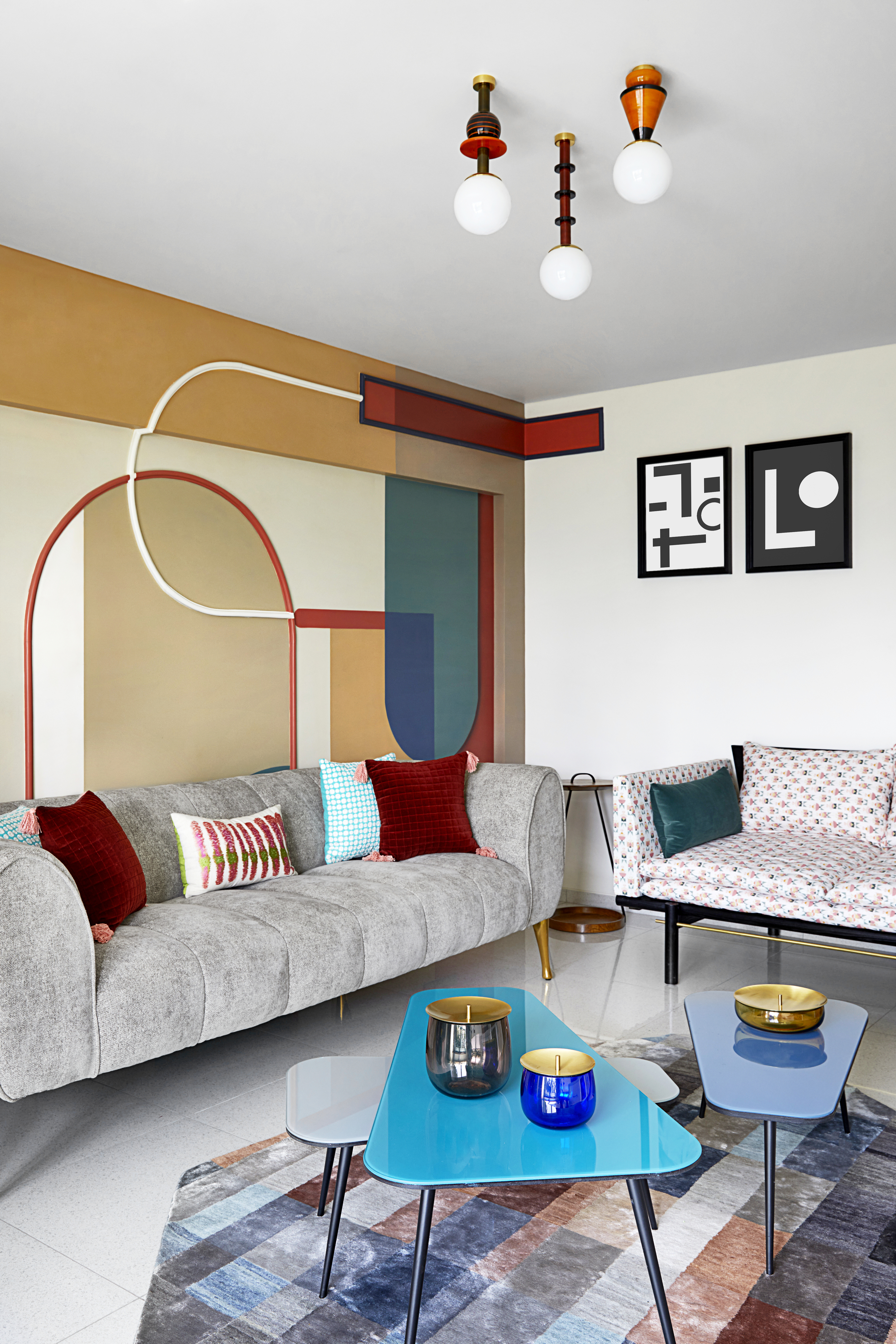
'Ceiling lights or pendants are something that almost all living rooms have or need,' says Kelling Designs' Emma. 'They provide good general light, brightening up the room at darker times of the day, and are a good base light. Wall lights are great for creating a warmth and glow for a cozy feel, but also have the added benefit of highlighting artwork, family photos, and other personal touches.'
Table and floor lamps are great for brightening up dark corners but also help to bring in that warming glow. 'A table lamp will also add task lighting, for instance, positioning one on a desk/console or by an armchair will give you the light you need for reading a book or finishing off some paperwork,' Emma tells us. 'Ultimately, you need a mix of all of these in the living room as it is a multi-functional space that we use in many ways – there is no one size fits all.'
Considering lighting height and scale
A good point to keep in mind while choosing lights is the scale of the fixtures. 'A larger scale ceiling fitting can make a room feel bigger and grander, even in rooms with low ceilings,' say Niki and Scarlett, co-founders of lights&lamps. 'Height and scale depend on the space but a mix of large and small creates so much more interest.
A light or lamp that can adapt for different purposes is always good, like a rise and fall pendant. If using one or more, think about putting them at varying heights to add interest. Lighting in the living room corners or far edges of a room is also a good tip for creating a sense of space in the evening.’
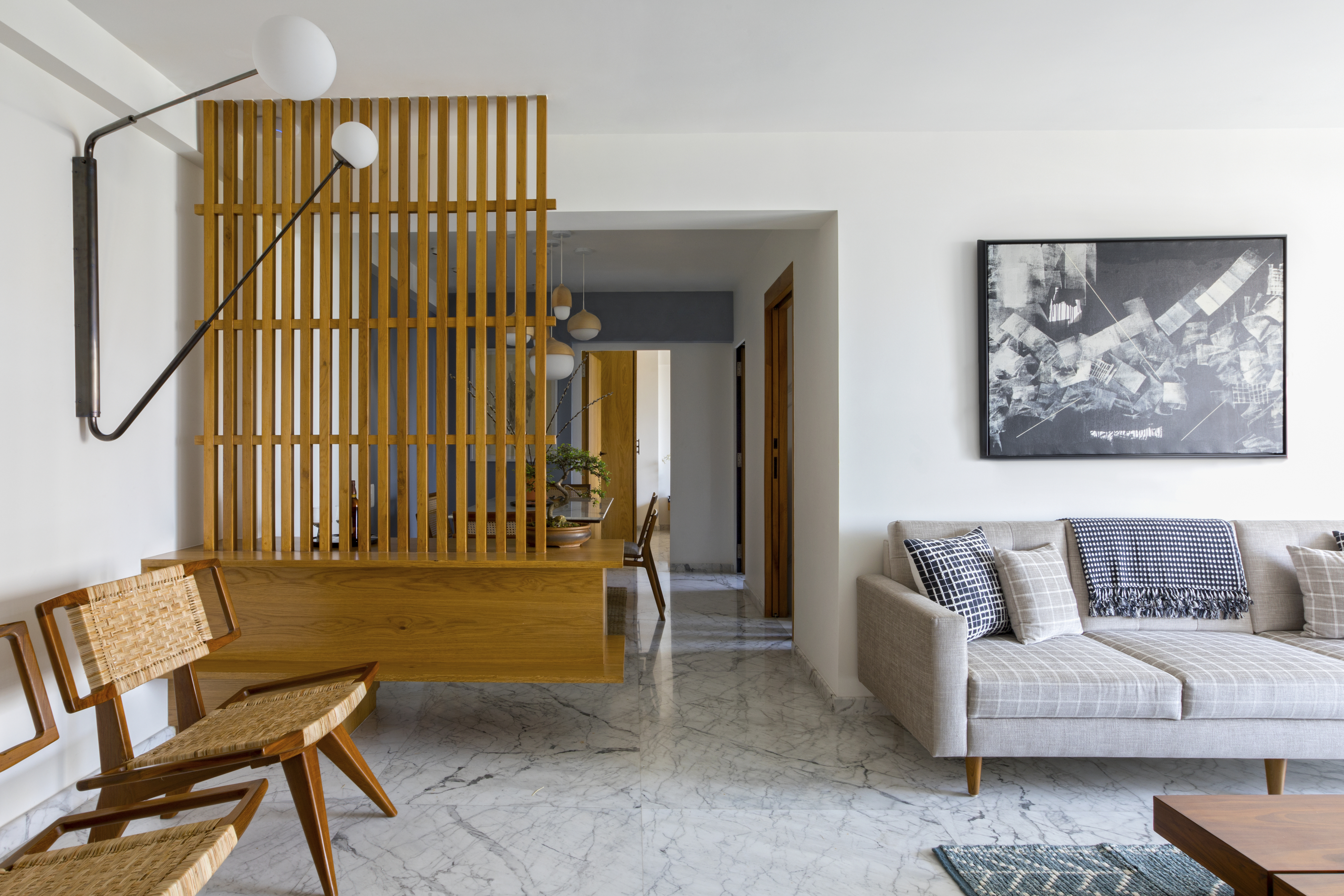
What are the right lumens for living room lights?
A good way to find out the right illumination needed for rooms is via the lumen method. This tells us the total light output needed for a space, based on its intended use and size. There are many online tools that can do the complicated calculations to help you determine the number of lumens needed (essentially multiplying the square footage with footcandles).
'Taking into account normal ceiling heights, downlight of around 800 lumens is usually the most suitable for residential living rooms, and if you are opting for a pendant, 500 lumens for the pendant would be suitable, ' says Piero De Marchis, director of Detail Lighting.
Remember, while you get the right lumens, you also want to be able to control the amount of illumination in the room. 'Think of lighting like the sun,' say Niki and Scarlett, something that forms the basics of human-centric lighting. 'Big and bright in the day, becoming lower and softer by night. When ceiling lights are no longer needed to see by, switch on a larger floor lamps. When the evening progresses, they can be complemented or replaced by a more subtle table or bedside lamp. Imitating the setting sun is a great way to transition your living space throughout the day and bring peace and calm before bed.’
'Dimmer controls are also a must in every living room,' says Emma. 'Being able to control the brightness of your lighting will allow you to change the ambiance throughout the day with ease and allow you to adjust the light depending on what you’re doing.'
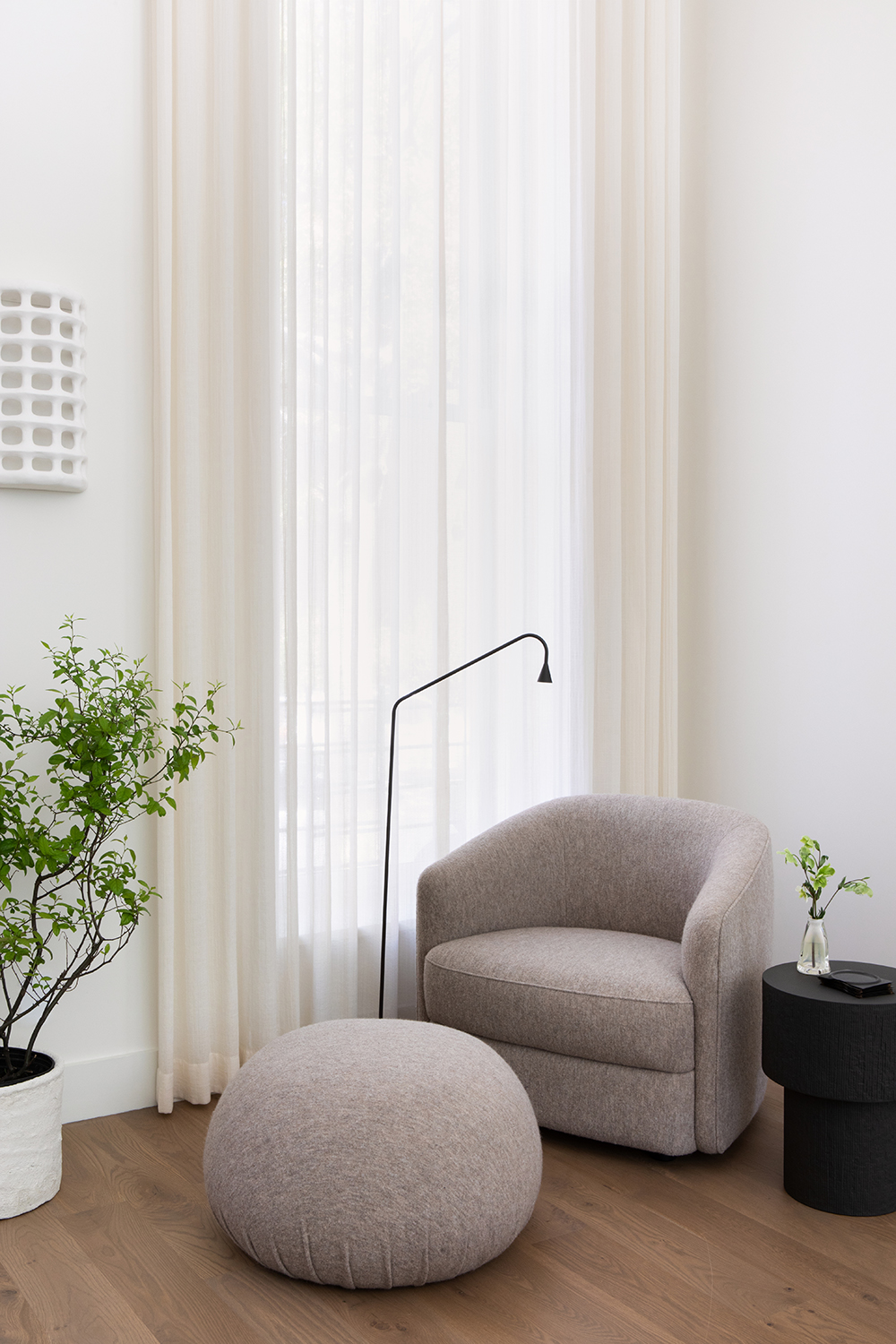
How to choose between decorative and practical lights
For the most functional yet elegant living room, strike a balance between practical and decorative fixtures. You want the room to be perfectly useful but you also want it to look smart, stylish, and ideal for hosting.
'Perfecting the lighting in your living room is so important for many reasons,' says Emma. 'Aside from the practicalities of ensuring you have enough light in the room, layering multiple sources of light will ensure you have different types of light for various tasks. It’ll also allow you to highlight key décor pieces (wall art, statement furniture pieces, etc) and change the mood and atmosphere.'
'Living room lighting should be both practical and ornamental,' says Emma. 'If it was just for a purely practical basis, then we’d all have ugly tube lights and nothing else. Lighting has evolved over the years with endless styles, designs, and finishes available across ceiling pendants, wall lights, and table and floor lamps too. It offers you the opportunity to create a real statement in the living room, be it through a design-led chandelier, or a boldly colored lamp base with a lampshade in a contrasting pattern.'
How many lamps do you need in the living room?
This is dependent on the size of the space. In a small apartment living room, if you already have a ceiling light, just one or two floor lamps would be enough. A larger room may require two or three lamps, perhaps one suspended from the ceiling and two placed on either sides of the sofa.
Where to find the best living room lights
If you're looking for lighting for your living room, here are a few of our favorite online stores for design-forward styles, across all budgets.
Lumens–A vast selection of contemporary lights for all budgets
Flos – Iconic lights for modern interiors
1stdibs– A brilliant curation of designer lights
2Modern – Statement pieces and classic forms
La Redoute - Extensive options from budget-friendly to high-end
Original BTC - Quality lighting to enhance your interiors
Be The First To Know
The Livingetc newsletters are your inside source for what’s shaping interiors now - and what’s next. Discover trend forecasts, smart style ideas, and curated shopping inspiration that brings design to life. Subscribe today and stay ahead of the curve.

Aditi Sharma Maheshwari started her career at The Address (The Times of India), a tabloid on interiors and art. She wrote profiles of Indian artists, designers, and architects, and covered inspiring houses and commercial properties. After four years, she moved to ELLE DECOR as a senior features writer, where she contributed to the magazine and website, and also worked alongside the events team on India Design ID — the brand’s 10-day, annual design show. She wrote across topics: from designer interviews, and house tours, to new product launches, shopping pages, and reviews. After three years, she was hired as the senior editor at Houzz. The website content focused on practical advice on decorating the home and making design feel more approachable. She created fresh series on budget buys, design hacks, and DIYs, all backed with expert advice. Equipped with sizable knowledge of the industry and with a good network, she moved to Architectural Digest (Conde Nast) as the digital editor. The publication's focus was on high-end design, and her content highlighted A-listers, starchitects, and high-concept products, all customized for an audience that loves and invests in luxury. After a two-year stint, she moved to the UK and was hired at Livingetc as a design editor. She now freelances for a variety of interiors publications.
-
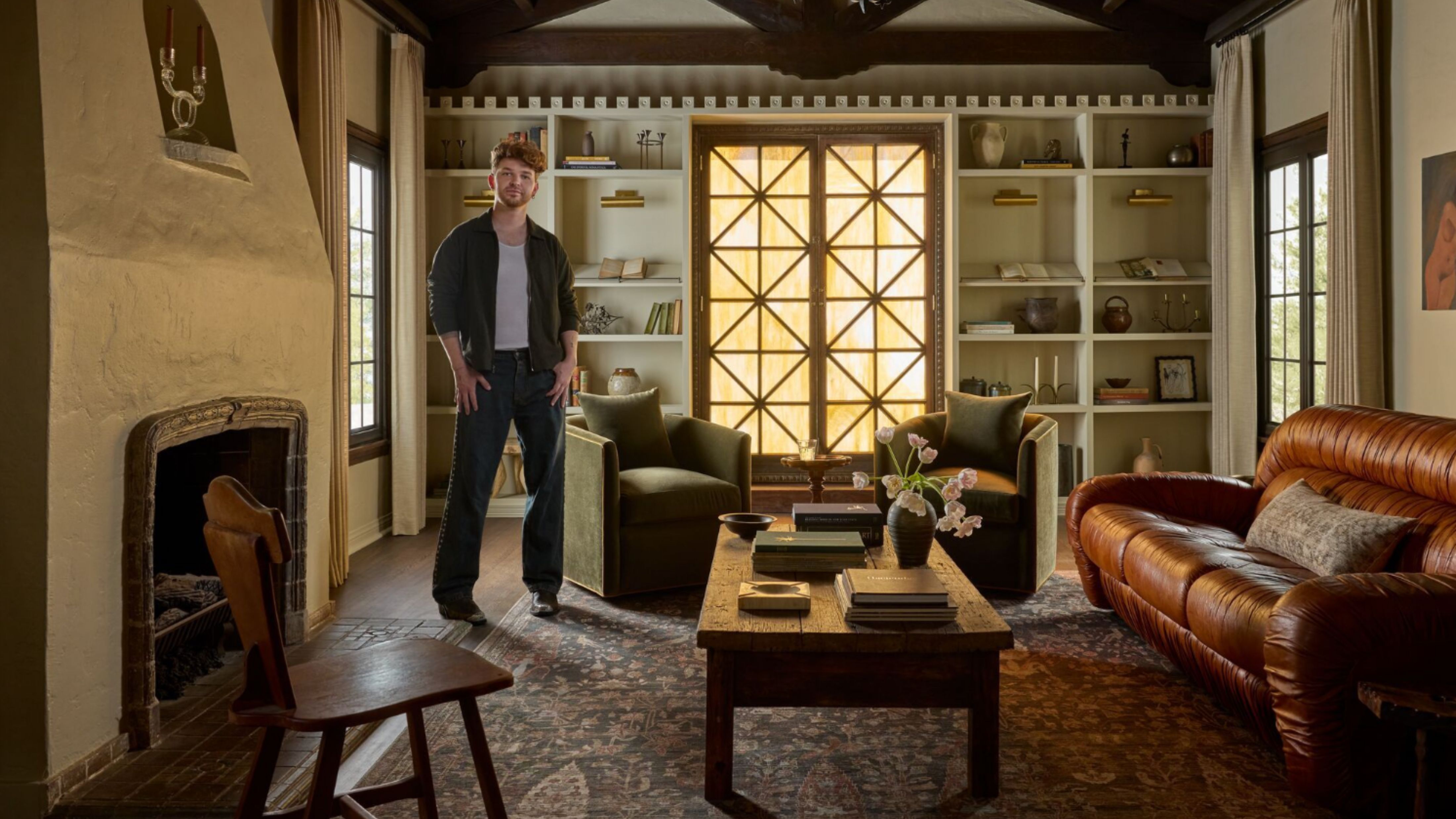 Lone Fox's Drew Michael Scott Drops a Vintage Capsule with Joon Loloi (And Some Seriously Good Tips For Thrifting Antiques)
Lone Fox's Drew Michael Scott Drops a Vintage Capsule with Joon Loloi (And Some Seriously Good Tips For Thrifting Antiques)Sourced straight from one of the world's biggest antique shows, Drew shares how to stay sane, cut through the noise, and score what you actually want
By Julia Demer Published
-
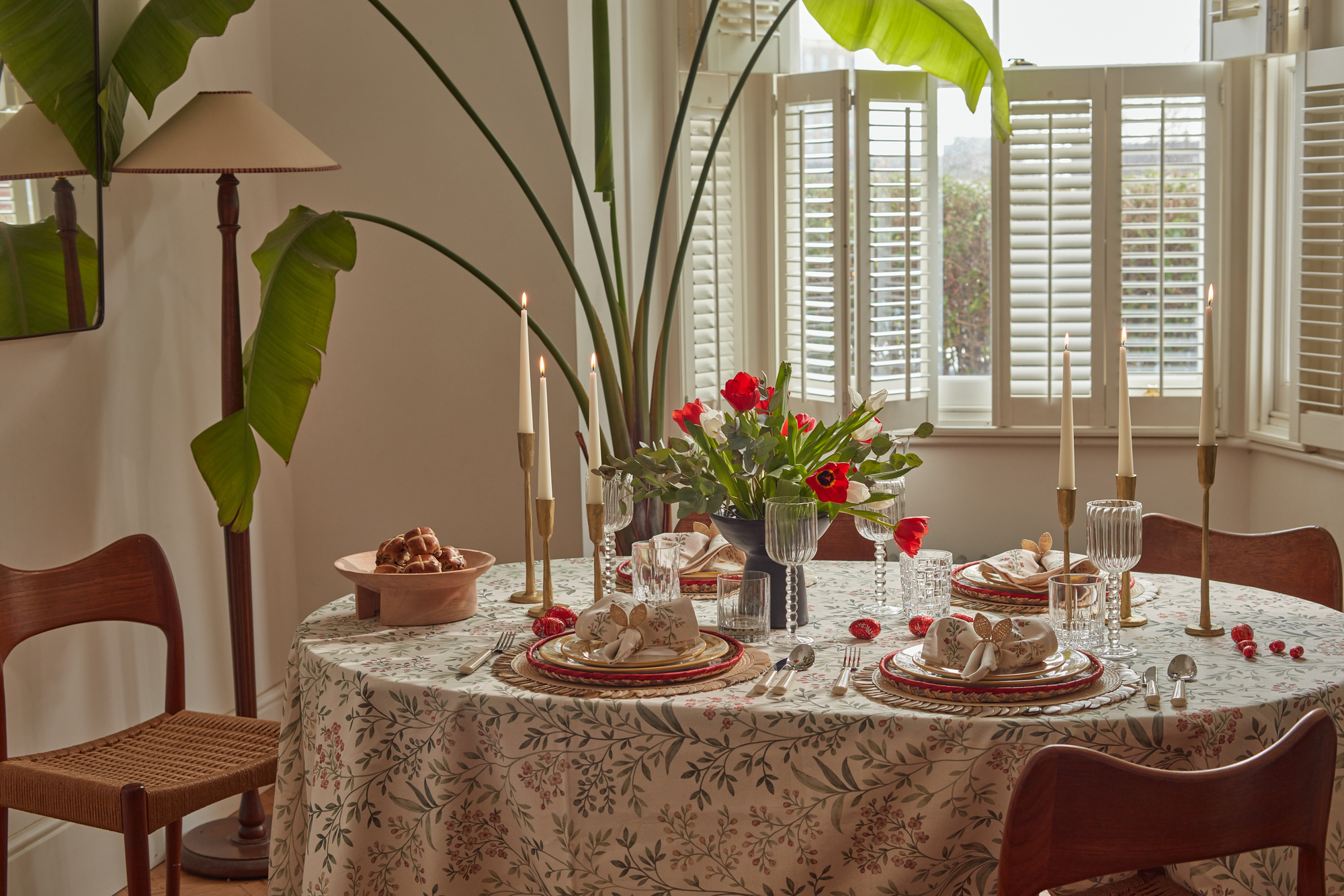 9 Easter Table Decor Ideas to Plan Now for Perfect Tablescapes This Season
9 Easter Table Decor Ideas to Plan Now for Perfect Tablescapes This SeasonFrom centerpieces and color schemes to tablecloths and seasonal themes, let these designer-approved ideas inspire your table styling this Easter
By Lilith Hudson Published